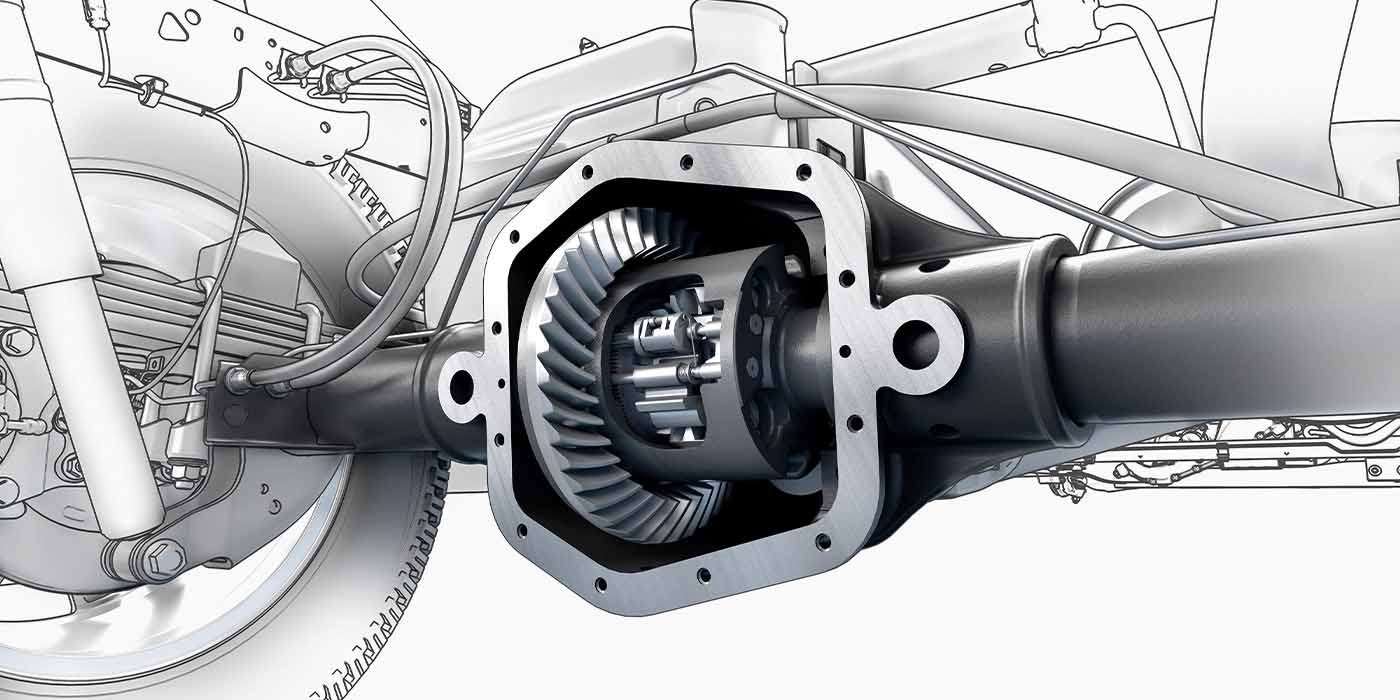A battery breakdown is bad news. If the battery can’t supply enough amps to crank and start the engine, your customer’s vehicle isn’t going anywhere (except maybe downhill powered by gravity). A good battery is absolutely essential for reliable starting and for powering the vehicle’s onboard electronics and electrical systems when demand exceeds the charging system’s output.
A vehicle can be driven with a dead battery following a jump start as long as the charging system is functioning normally. But this is not recommended because it overloads the alternator and may damage the unit. The charging system is designed to maintain battery charge, not to recharge a battery that’s lost all its juice. And if the battery is bad (it won’t accept or hold a charge), no amount of charging will revive it. The only fix is to replace the old worn-out battery with a new one.
Automotive lead-acid batteries must be kept at or near full charge for optimum performance and longevity. When a battery runs down or becomes fully discharged, sulfate forms on the lead plates inside the battery. The layer of sulfate resists recharging and inhibits the battery’s ability to accept and hold a charge. If the battery remains in a discharged condition for too long (more than a few days), or it is chronically undercharged because of a charging problem or because the vehicle isn’t driven enough to fully recharge the battery, the battery may not fully recover. This will reduce the battery’s power output and shorten its remaining service life.
Average battery life under the best of conditions is only about four or five years in most vehicles, and only about three years in hot climates like Arizona and New Mexico where summer temperatures typically soar into the triple digits.
Cold weather also puts a two-fold strain on the battery by reducing its power output (up to 50% at 20° F!) and increasing the amps needed to crank a cold engine (up to double the amps at 20° F).
Vehicles that are running around with batteries that are more than four or five years old are running on borrowed time. Those aging batteries are not going to last much longer — maybe a year or two at best. So to avoid battery breakdowns, batteries need to be checked periodically so weak batteries can be replaced before they fail and leave your customer stranded.
The first thing to check is the battery’s state of charge. Checking battery voltage with a digital voltmeter will tell you if the battery is fully charged or low. A fully charged battery should read 12.65 volts. A reading of 12.45 volts equals about a 75% charge and is good enough for further testing. Anything less means the battery is low and needs to be recharged. It may also mean the charging system is not producing enough current to maintain battery charge, or that the vehicle isn’t being driven long enough or often enough to main a full charge.
Some batteries have a built-in charge indicator. A green dot usually means the battery is 75% or more charged. A dark indicator means the battery is low and needs to be recharged. A clear or yellow indicator means the electrolyte inside the battery is low. If the top cannot be removed so makeup water can be added, the battery must be replaced. Do not attempt to recharge a battery with a low water level because there is a risk the battery may rupture!
Next, the battery’s condition needs to be checked. A “good” battery is one that can accept and hold a charge, and deliver the rated number of amps on demand at the rated temperature.
A “bad” battery is one that won’t accept a charge or can’t supply its normal dosage of amps due to cell damage or deterioration.
Good batteries can be recharged and returned to service but bad batteries should be replaced.
Battery condition can be determined with a “load test” or by measuring its “conductance” with a special electronic tester. A traditional load test uses a carbon pile to apply a calibrated load to the battery. For accurate test results, the battery must be fully charged. A load test typically applies half the battery’s cold cranking amp (CCA) capacity or three times its amp/hour rating. If battery voltage remains above 9.6 volts for the test, the battery should be good. If battery voltage drops below 9.6 volts, the battery is probably bad.
A faster, easier and some say more accurate way of testing the condition of the battery is with a conductance tester. A conductance tester sends a frequency signal through the battery to reveal how much active plate area is available to hold and deliver power. As a battery ages, conductance declines. Shorts, opens and other cell defects also affect conductance, so measuring conductance gives an accurate indication of battery condition. A conductance test does not depend on the battery’s state of charge, so there’s no need to recharge the battery prior to testing.
Many electronic battery testers also analyze the battery’s CCA capacity, which can be used to estimate the battery’s remaining service life. Some testers also measure the amps drawn by the starter while cranking the engine, and analyze the charging system’s output under load once the engine is running.
If a battery fails a load test or conductance test, it’s time to replace it with a new one. Replacement batteries should always have the same or higher CCA rating as the original, or meet the CCA requirements specified by the vehicle manufacturer. The replacement battery must also have the same post configuration as the original (top post or side post), and fit the battery tray.
Charging Checks
Any time a battery is low or is being replaced, the charging system’s voltage output also should be checked. As a rule, the charging voltage with the engine at fast idle should usually be about 1-1/2 to 2 volts higher than battery voltage.
Alternator charging output increases in proportion to the electrical load on the charging system and engine speed. Charging output is controlled by a voltage regulator, which may be mounted inside or on the back of the alternator (“internally regulated”) or somewhere else under the hood (“externally regulated”). On most newer vehicles, the powertrain control module (PCM) regulates charging output. A problem with the regulator, PCM or wiring may be affecting the system’s charging output.
Replacement alternators have the highest warranty return rate of any component on the vehicle — not because the units are defective (few are), but because many technicians misdiagnose the charging problem. For this reason, it’s a good idea to bench test the old alternator to confirm it is bad before replacing it. Likewise, the new or remanufactured alternator can be bench tested before it is installed to make sure it is operating normally. If the alternator is functioning normally and charging output is low, the problem is something else and further diagnosis and testing is needed to find the fault. Missing or broken ground straps, and loose and corroded wiring connectors and battery cables are commonly overlooked causes of low charging output. A weak tensioner on a serpentine belt may also allow the belt to slip.
A replacement alternator (new or reman) should have the same or higher amp rating as the original. Also, make sure the pulleys match if the old pulley is not being reused (same diameter and width).













